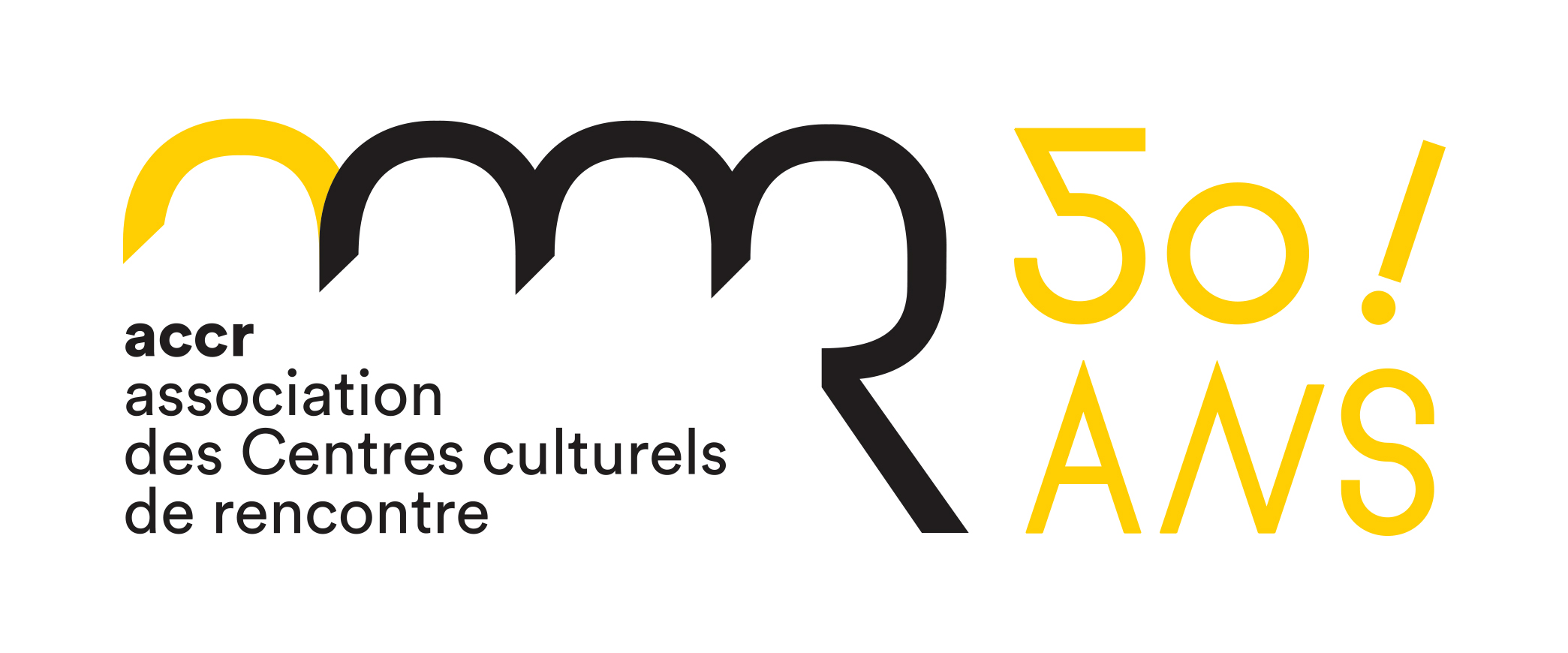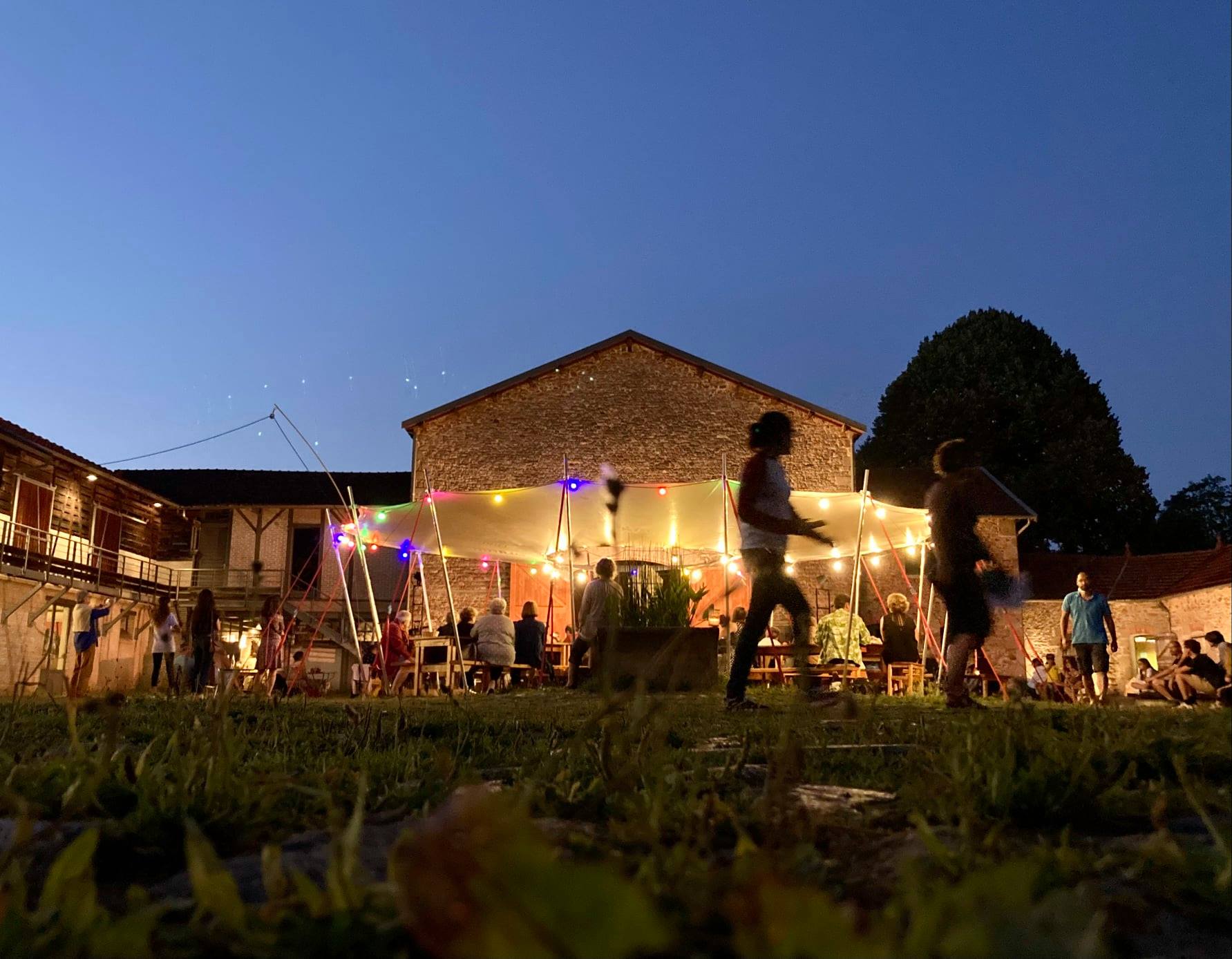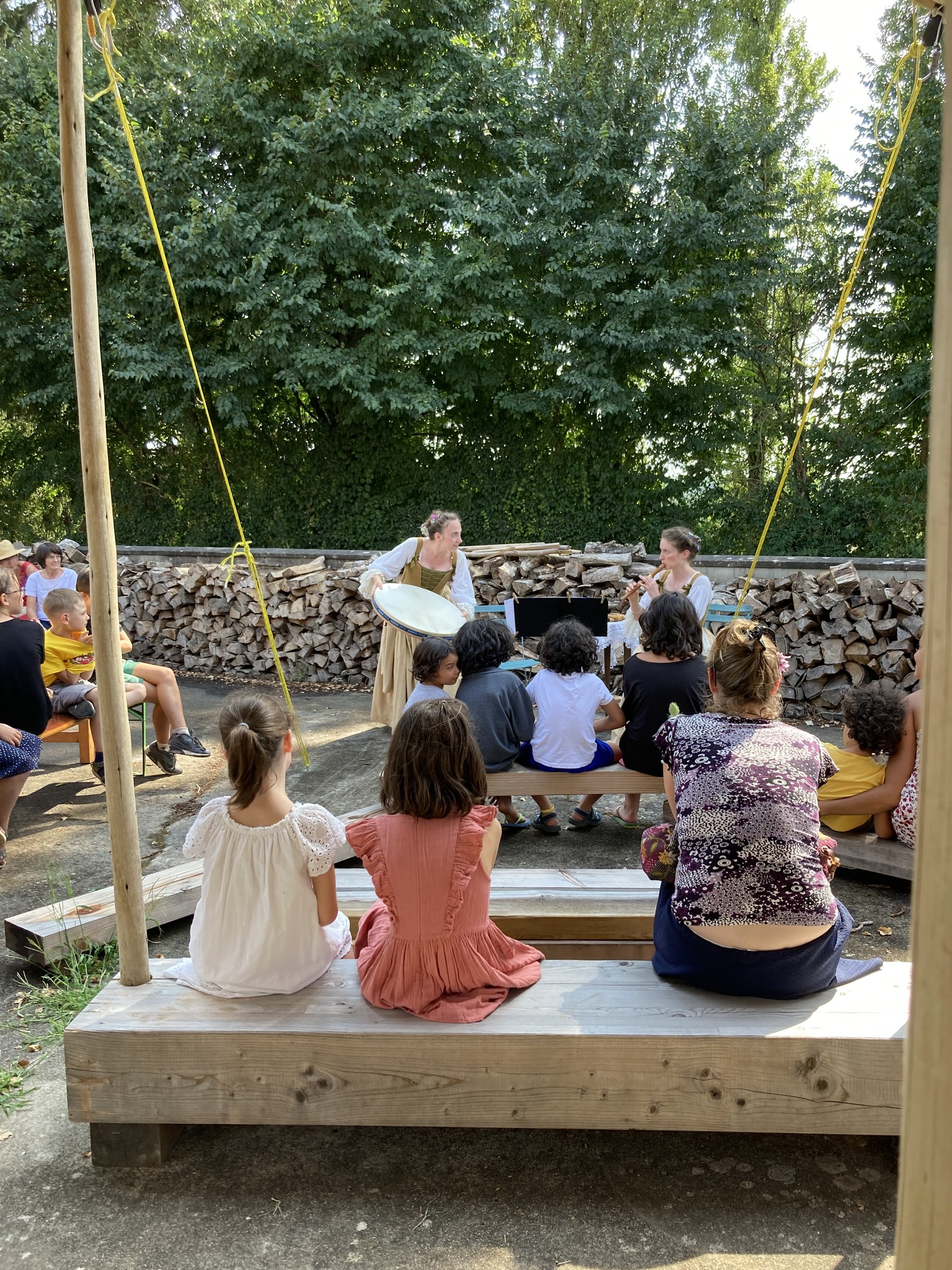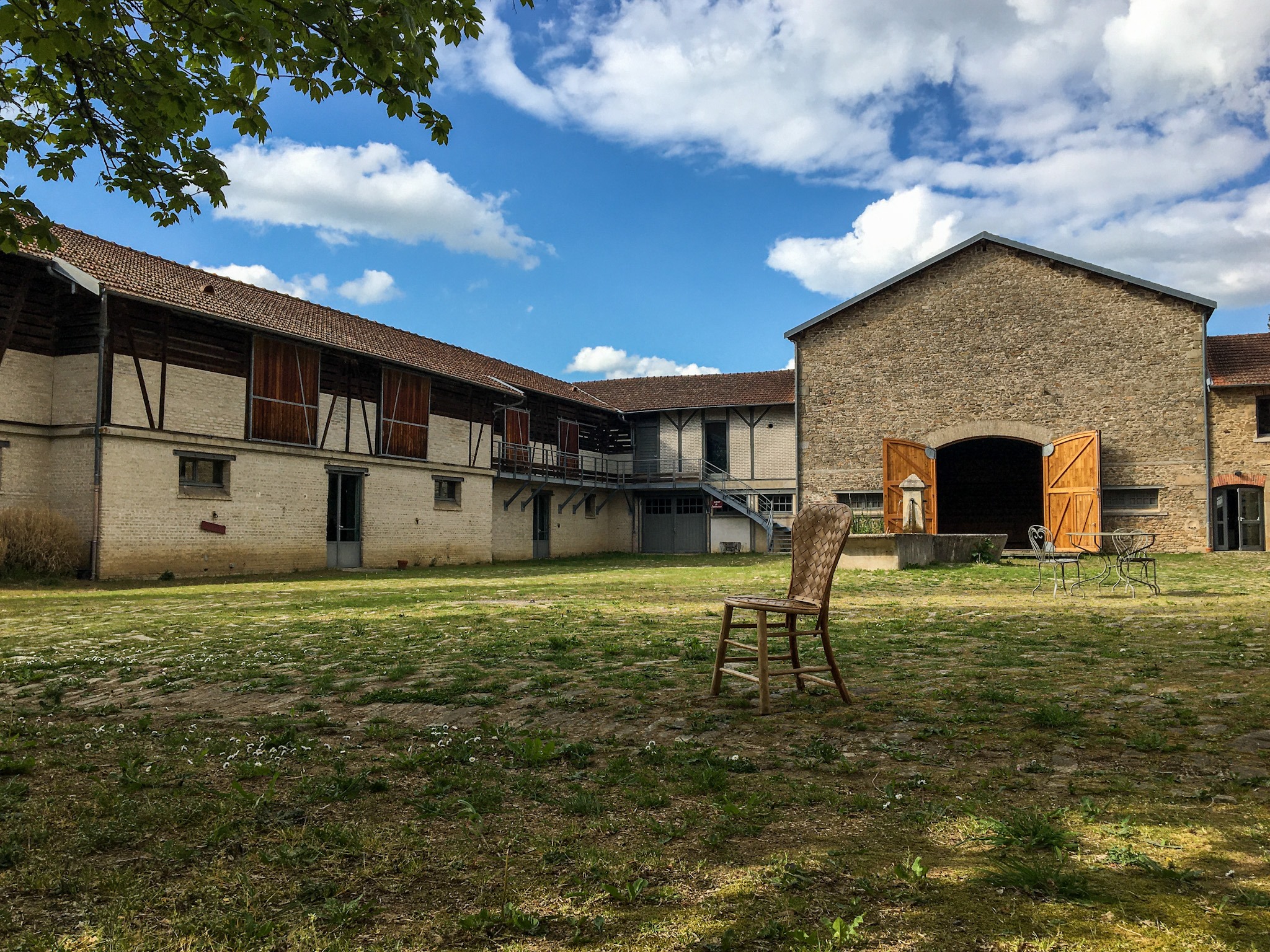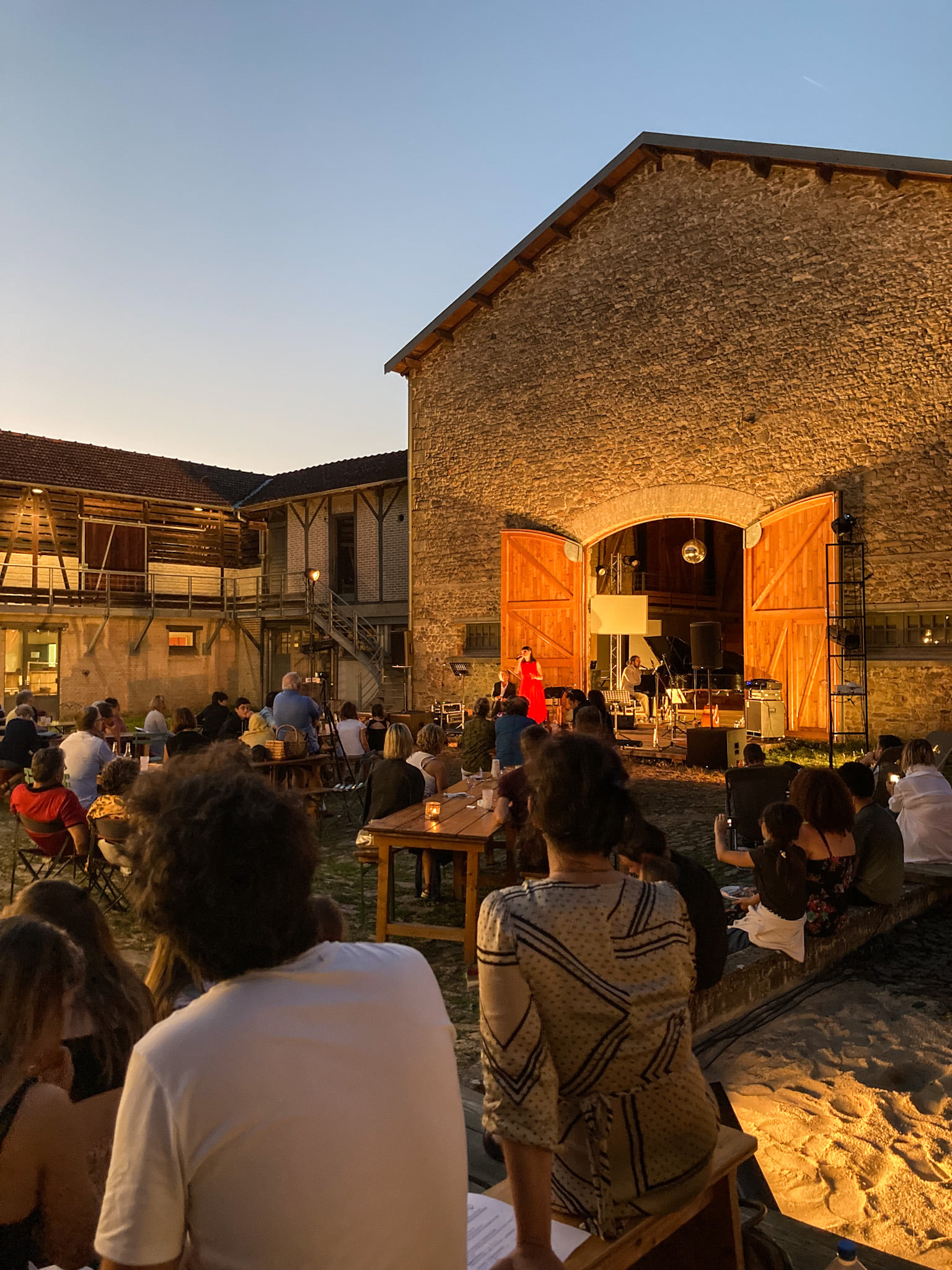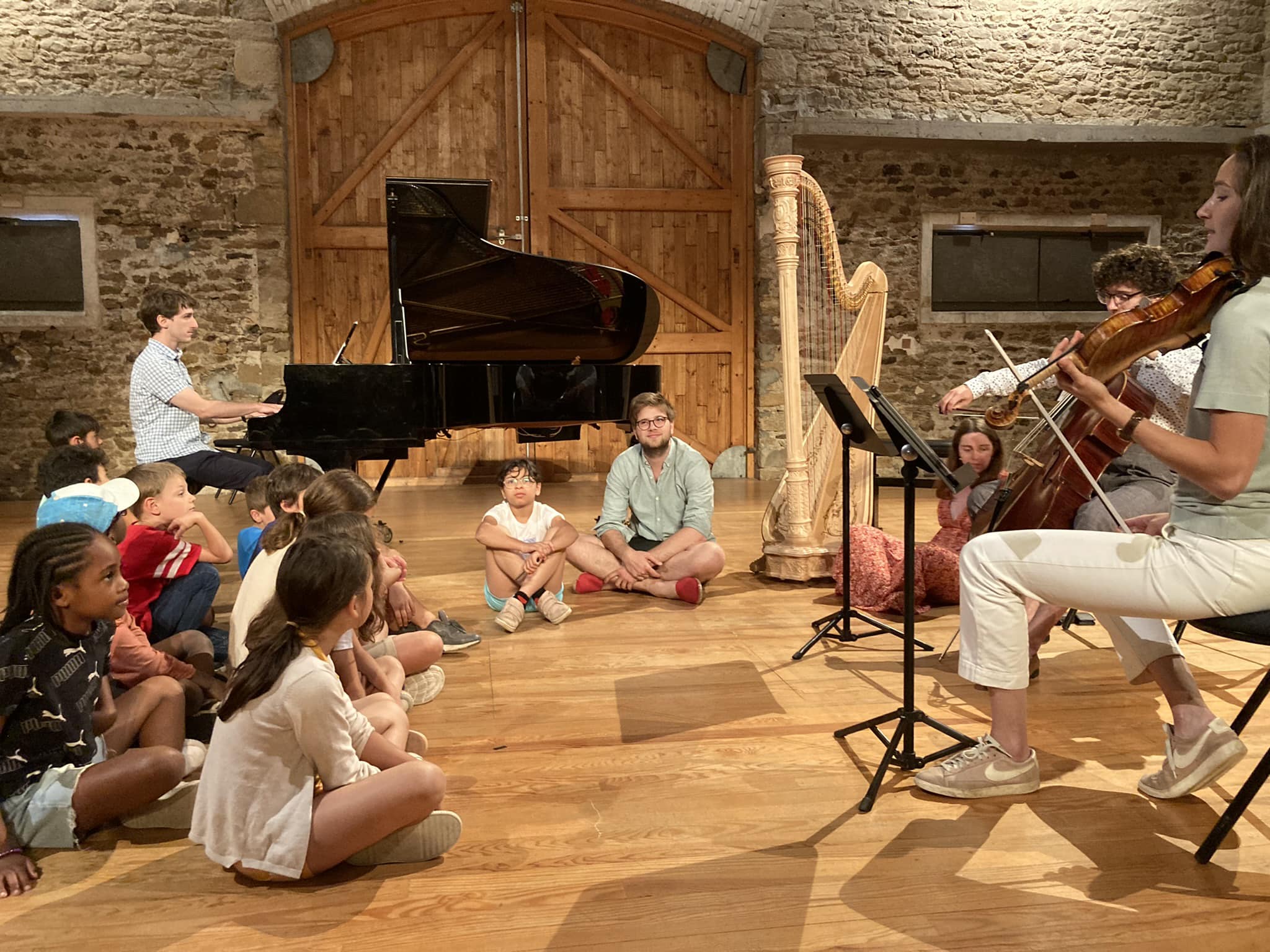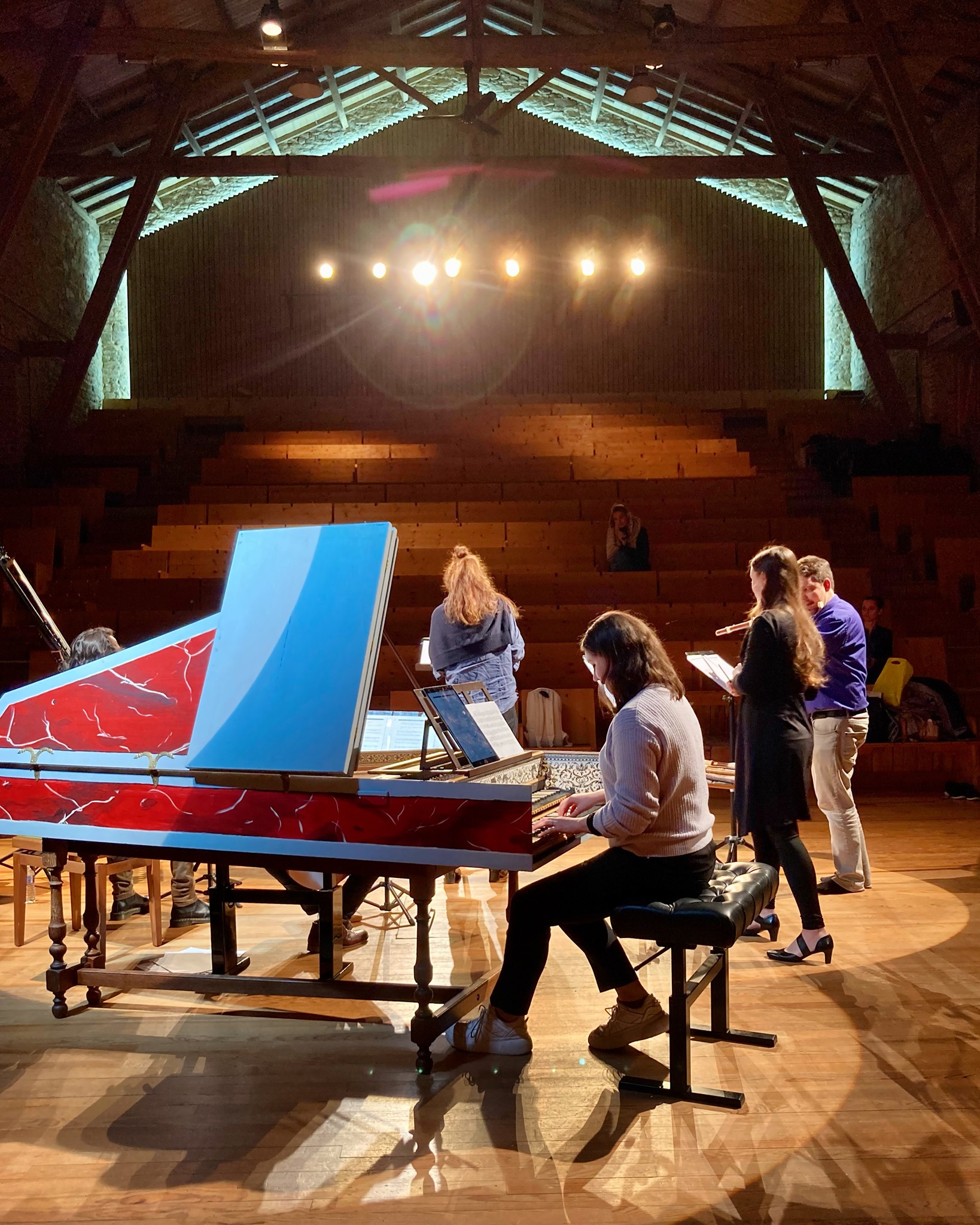This model farmhouse, built at the beginning of the 20th century in the heart of the Limousin region, became a Centre culturel de rencontre in 2022. Primarily dedicated to classical music, the project addresses issues of rurality, culture and the imaginary, with the ambition of encouraging the emergence of new poetics for the region.
THE HERITAGE SITE
A model farm
The construction of the model farm in Villefavard at the beginning of the 20th century was part of the agricultural innovation that was in vogue at the time. Swiss architect Frédéric Henri Bosshard designed a rational farm according to the wishes of Edouard Maury, the village's former pastor.
The farm buildings are arranged around a large, fully paved courtyard with a fountain in the centre, and include a dwelling, a pigsty, a pig kitchen, a stable, a root cellar, barns, a garage, a stable, a blacksmith's shop and a bread oven.
Innovative features included the use, for the first time in France in a farm building, of reinforced cement to make the floors of the barns non-combustible, and a railway system consisting of rails and wagons to transport the animals' feed.
The farm's sponsors, Édouard Maury and his wife Sophie Monnerat, were guided by a certain idea of philanthropy and progress. In addition to the model farm, they had a Protestant church and an art-nouveau villa built in the heart of the village. They invited their friends, including many intellectuals and artists: the painter Jouve, the writer Romain Rolland, the conductor Charles Münch... In the course of the 20th century, Villefavard developed an intellectual, literary and musical tradition.
In 2000, two of Édouard Maury's direct descendants, Jérôme Kaltenbach and Gilles Ebersolt, decided to save the buildings, which were in a very poor state at the time. Jérôme Kaltenbach was an orchestra conductor and Gilles Ebersolt an architect and teacher-researcher. The two cousins pooled their skills to put the site to a new use. The barn was transformed into an auditorium and areas for receptions and accommodation were created. The acoustics were designed by Albert Yaying Xu, an internationally renowned acoustician. The quality of the acoustics and the uniqueness of the premises quickly made Villefavard famous. La Ferme de Villefavard has become one of France's leading venues for recording and creative residencies.
THE CULTURAL PROJECT
After 20 years of existence, the ambition is to continue to develop the project within the framework provided by the Cultural Encounter Centre label, by endeavouring to synthesise the multiple identities of the site, its history and its territory.
The Farm's unique history is closely linked to culture and music, but it is also located in a rural area with a rich heritage that needs to be developed and stories that need to be told. Today, this area is in the grip of the changes inherent in environmental upheaval. By affirming rurality, culture and the imaginary as its founding themes, the Cultural Encounter Centre project confronts the original identity of the Villefavard Model Farm at the beginning of the 20th century with contemporary issues. The farm's "industrial" vocation is thus turned on its head in a project designed to help reinforce the quest for meaning in rural areas through the prism of culture.
ACTIVITIES AND ACTIONS
A place for creation, research, experimentation and transmission
La Ferme de Villefavard aims to support the creation of new artistic projects. This mission is the basis for the development of an artistic presence in the area, with a view to subsequent dissemination and cultural initiatives.
La Ferme de Villefavard is also a place for research, experimentation and transmission through partnerships with universities, particularly in the fields of architecture and human sciences. One of the challenges of the project is to bring these disciplines together with artistic creation.
A place to share and meet
The artistic programme resonates with the Farm's overall project and is supported by the artists in residence. Performance times are experienced as a moment of sharing between the artist and the audience. Particular attention is paid to how people are welcomed.
